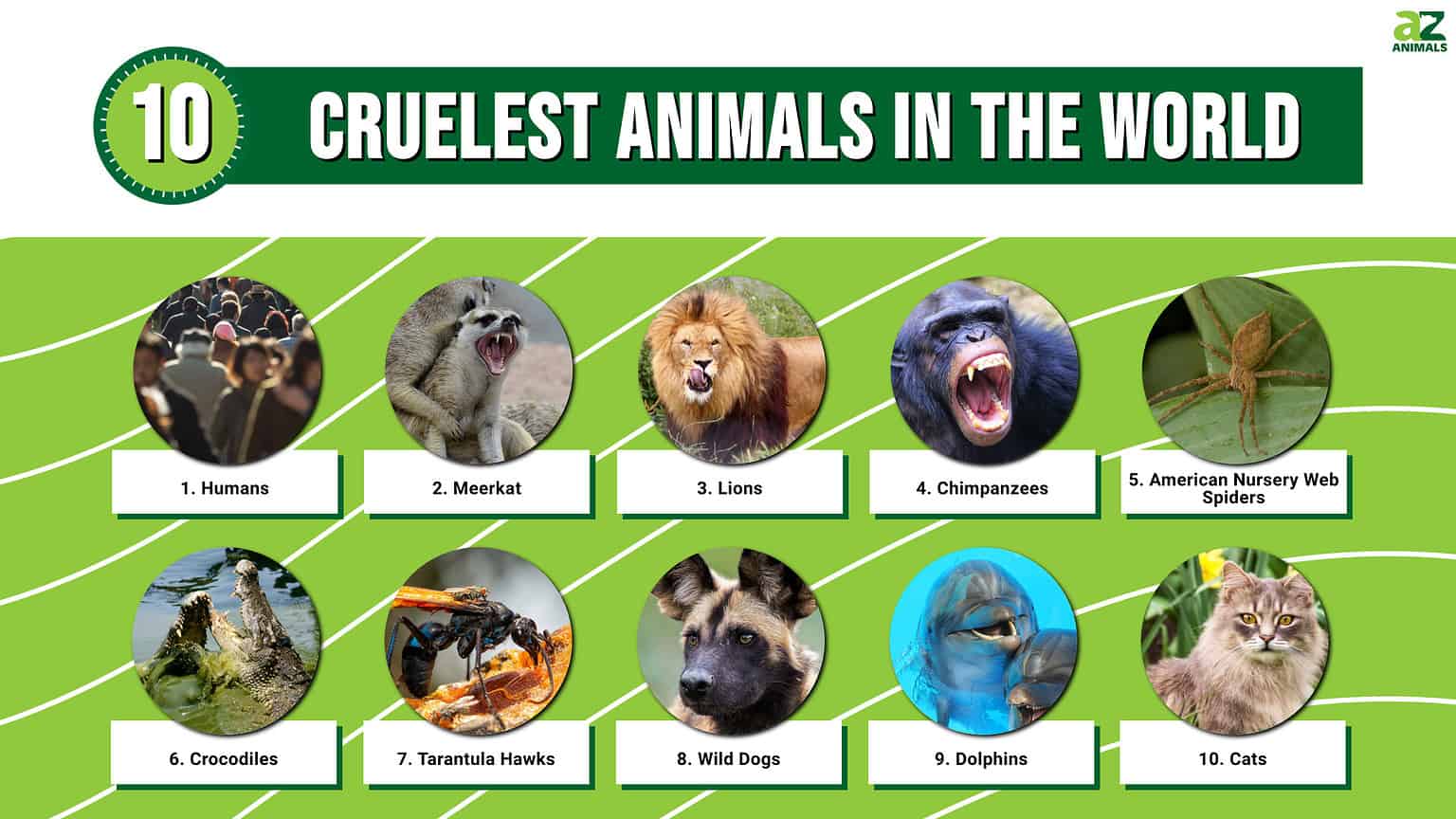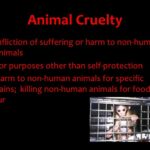In the grand tapestry of existence, the intricate dance between predator and prey is an age-old narrative that defines the natural world. It brings forth a compelling discourse: are animals truly cruel when they kill? This dilemma beckons an exploration of the juxtaposition of nature’s intrinsic behaviors against the constructs of human morality. To discern this enigma, one must peel back the layers of instinctual behavior and societal interpretation.
At its core, the act of killing in the animal kingdom is often driven by survival—an imperious need to subsist in a harsh and unforgiving environment. Predators, armed with evolutionary advantages such as speed, strength, and acute senses, engage in the relentless pursuit of prey. This dynamic is reminiscent of a grotesque ballet, where the stage is set with both beauty and brutality. The famed lioness, for instance, embarks on a calculated hunt, a poignant testament to the primal instincts that govern the wild. This act of killing, however, is not an exhibition of sadism but rather a manifestation of a biological imperative. In this light, one might argue that such actions cannot be labeled as cruel, for they are not born out of malice but rather out of necessity.
Furthermore, it is crucial to recognize that within these violent encounters, there exists a natural order governed by ecological balance. In this intricate web of life, each organism plays a pivotal role; predators regulate prey populations, which in turn influences vegetation and overall ecosystem health. It is a symbiotic relationship, a reminder that the sorrowful demise of one species may very well be the sustenance for another. This interconnectedness raises a salient question: can cruelty be ascribed to creatures that are merely fulfilling their role in the grand scheme of the biosphere? To equate predatory behavior with cruelty is to misunderstand the fundamental principles of evolution.
As we delve deeper, it becomes evident that anthropomorphism—attributing human traits to animals—can skew our perception of their actions. For instance, while a hawk may strike down a small rodent, it does so without the contemplation of guilt that often plagues human moral frameworks. This fundamentally distinct outlook calls into question our tendency to judge animal behavior through a lens tinted by human emotion and ethical standards. The hawk’s predation serves a primal function, devoid of moral implications inherent in human society. In this regard, the concept of cruelty becomes a projection—a reflection of our internal conflicts rather than an objective assessment of animal behavior.
However, numerous instances highlight the remarkable complexity of animal interactions. Social carnivores, such as wolves, display nuanced behaviors that evoke deeper inquiry. Wolves hunt cooperatively, employing tactical collaboration to bring down larger prey. This community aspect of hunting imbues their actions with a layer of sophistication that transcends simplistic notions of predation. Within such social structures, one can observe not just survival but also an innate understanding of teamwork and strategy. These intricate social dynamics challenge the notion that animal killings are purely instinctual and devoid of emotional resonance.
Moreover, certain species exhibit what can be construed as playful cruelty—an idea that further complicates the narrative surrounding animal behavior. Play-fighting among juvenile carnivores, for instance, is often violent but serves as an essential component of development. Such behavior brings to the fore an intriguing paradox: the brutal nature of play mirrors the very mechanisms that will later govern their survival. Is this cruelty, then? Or simply a reflection of growing pains in a world where life and death hinge on complex interrelations? The ambiguity of this question underscores the inadequacy of simplistic moral classifications when evaluating animal behavior.
Yet, as the inquiry deepens, one must confront the darker aspects of violence observable in certain species. Acts of infanticide, seen among some primates and felines, paint a contrasting picture—suggesting that an unconscious thread of malevolence may linger in the heart of some animal behaviors. By killing the young of competitors, individuals could enhance their own reproductive success, a ruthless strategy that starkly contrasts with our moral compass. Still, it is essential to consider these actions within an evolutionary framework, which often favors the ruthless efficiency of survival over the ethical quandaries humans grapple with.
In juxtaposition, human societies grapple with the moral implications of violence, often drawing boundaries around acceptable and unacceptable behaviors. The ethical discussions surrounding animal welfare, hunting practices, and conservation efforts demand a reevaluation of how we conceptualize cruelty. In a world increasingly aware of biodiversity loss and ecological degradation, the implications of our ethical philosophies come into sharper focus. The question must extend beyond the actions of animals to encompass humanity’s own moral responsibilities in the stewardship of nature.
In summation, the discussion surrounding animal cruelty in the context of killing is neither simple nor straightforward. While instinct and necessity drive the behaviors of many species, the moral framework through which humans perceive these actions is inevitably complicated. Pervading every layer of this inquiry is the reminder that animals exist within a singular reality influenced by survival and evolutionary pressures, devoid of the ethical constructs that govern human society. Ultimately, to label their actions as cruel risks oversimplifying the intricate dance of life that unfolds across ecosystems—a dance that thrives on the delicate interplay of predator and prey.
This nuanced understanding of animal behavior not only enriches our comprehension of the natural world but also compels us to reflect on our place within it. In the throes of this contemplation, the spectrum of morality becomes an intricate palette, shaded by the vivid colors of the biosphere’s enduring narrative.








